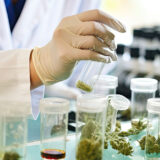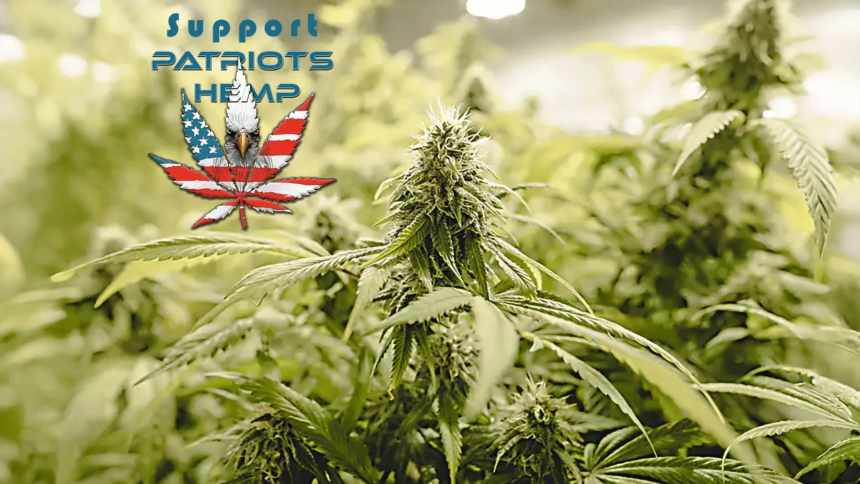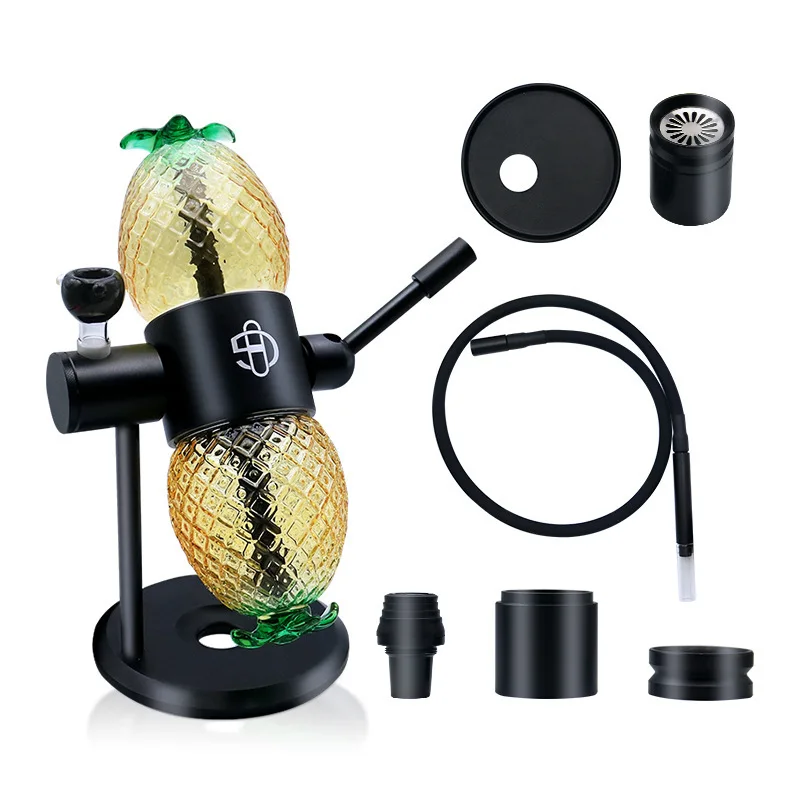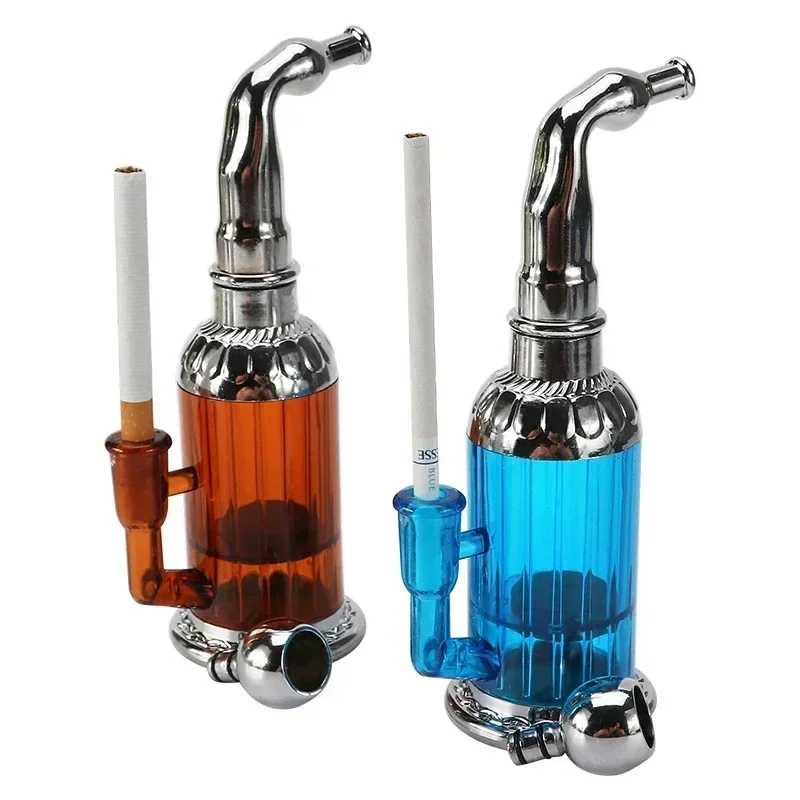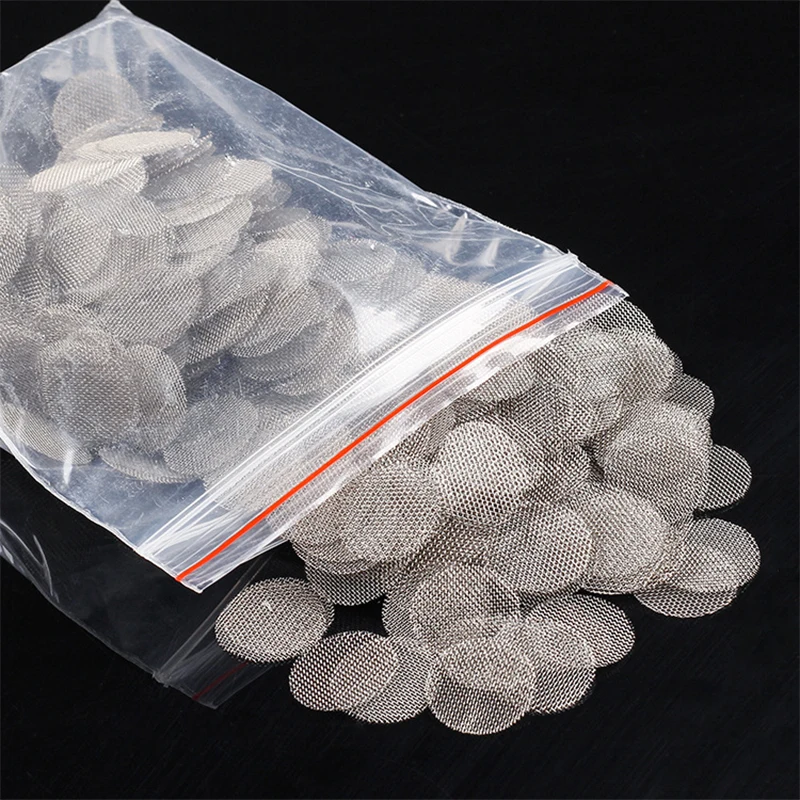Written by A.C. Moon
Cannabimimetics, or what is known as “non classical” cannabinoids, has become a widespread area of desired research for unknown public consumption. The passing of several worldwide laws that allow the cultivation and extraction of CBD (Cannabidiol) from the Hemp plant (Cannabis Sativa sp.) has become a billion-dollar industry. With laboratories working faster than lawyers in many places, the proliferation of non-organic and potentially health-threatening derivatives has come to the shelves. For those fighting chronic medical illness, the lack of research completed on the concentration of these non-natural compounds can put the consumer in danger from the unknown side effects of solvents and secondary elemental reactions.
Synthetic Cannabinoids or “Syncans” are cannabinoids synthesized by man and do not occur naturally. These artificial compounds mimic and resemble the effects of THC delta 9, as well as several other well-known cannabis biochemicals. The molecular structure does not look like that of a THC molecule but has the same, if not similar, effect, and is manufactured in quantity in a laboratory and is not grown in a garden.
This has become a reliable source of mass income for some massive Hemp and CBD manufacturers, opening doors to a plethora of unregulated products that wind through the cracks and loopholes of federal prohibition. This has effectively made a game of illegitimate documentation and lab testing results that border fraudulently. With chemists seemingly smarter than lawyers, they continue to isolate and extract new cannabinoids to commerce upon while political reviews struggle to keep up with the science.
CBD dominant plants have a naturally occurring amount of all 124 known cannabinoids. Through processes such as chemical extraction, the compounds are separated and isolated, then used to synthesize loophole cannabinoids chemically. On shelves where CBD products are often sold, being seen is a cornucopia of alternative cannabinoid products with inflated THC potencies. These are made by adding together what was separated and isolated, creating a higher potency mixture that is then added to edibles and consumables for commerce. In this method, the liver- the place that naturally produces the rare compound THCD11- upraised highs and effects are felt, which sometimes can be overpowering for the patient or consumer.
The use of acids in the creation of ulterior cannabinoids deteriorates the ability to have a full spectrum effect.
THC-O is being fought as an additive in cultural and legal pursuits due to its unpredictable consumption results. It has been studied to have 4 times the high of its naturally occurring cannabis chemicals. THC-O is an Acetate ester. Not a naturally occurring Cannabinoid. It is commonly created by working the molecules of the THC D9 or THC D8 isolates.
Acetate is a type of salt formed by combining acetic acid with an organic material base and is found as a negatively charged ion in aqueous solutions. This is usually expressed in the term of C2H3O2~. Ester is a compound derived from an acid (both natural and non) in which an organyl group replaces the hydrogen atom and acidic hydroxyl atoms. In other words, plant science becomes chemistry as we continue to push for the freedom of the plant and not only the governing with synthesized big pharma chemicals.
Currently, in the United States, as of a notation made by the DEA in February 2023, synthetic derivatives such as THC-O are banned from being synthesized from both THC D8 and THC D9.
Reports have been filed in many countries documenting the hallucinations and erratic behavior of some who have consumed these man-made cannabinoids. With effects reaching levels similar to that of LSD and major hallucinogens, it’s in our interest to continue researching natural compounds while prohibiting lab born chemicals. In present manufacturing, many tests confirm that less than 1% of the original plant compound remains in most widely sold products.
Lack of homogenous mixtures and developing infusion methods lead to the commercial creation of large batches of inconsistent and unregulated products they can sell over the counter from lack of verified knowledge. Test results and labs are sometimes found fraudulent when creating their Certificate of Analysis, and lab results can vary in reliability. This can include testing procedures, material processes, and purposeful documentation manipulation for capital gains. Due to insufficient oversight and consistent verifications, laboratory testing has become a risk management point.
THC-O was used in a 1945 and 1975 USA government project called the Edgewood Arsenal experiment, where it was proven to incapacitate and produce ataxia, which is a lack of voluntary muscle coordination. Acetate is also known to stay in the body and not readily flush out, which causes harm if it builds up over time. More studies are needed.
When viewing a potential purchase in the alternative cannabinoids sector where organics and fresh cannabis flowers are not available, pay close attention to the labeling. As with any other product, the fewer ingredients, the better, and you want to see the attention to the word CBD or hemp oils and not a complex mixture of chemical elements. This will ensure an experience that is more focused on health and wellness, and fewer risks will be at play with the outcome. When choosing chemically derived solvent extracts, look up the company and research the elements you are choosing to consume. This is a necessary step in Cannabis integration into societies on a personal level as research catches up with the use of Cannabimimetics for legislation.
Published Weed World issue 171
Image sourced: Photo by Mikhail Nilov
Reference-
Holt AK, Poklis JL, Peace MR. ∆8-THC, THC-O Acetates, and CBD-di-O Acetate: Emerging Synthetic Cannabinoids Found in Commercially Sold Plant Material and Gummy Edibles. J Anal Toxicol. 2022 Oct 14;46(8):940-948. doi: 10.1093/jat/bkac036. PMID: 35674405; PMCID: PMC9564187.


